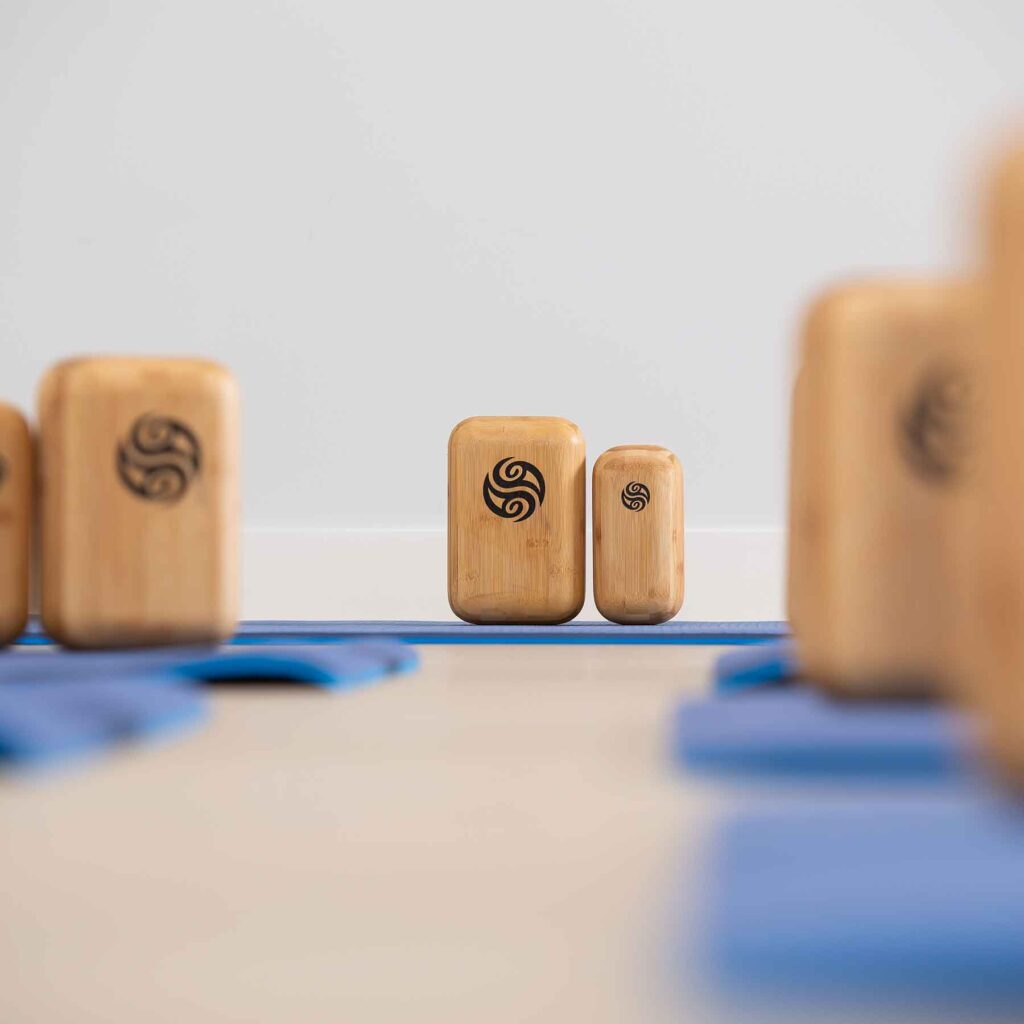What is a Rib Release?

I remember the first time a patient had a rib release. I have to say I was nervous, not because I was concerned that they were injured, but from their fear. There is a pain/fear cycle that people get caught up in, and it can exacerbate an issue.

Pain is a part of life. The cells communicate to us through sensation, and pain is a message letting us know the cell needs attention. When fear takes over, it creates the opposite scenario to what the cell needs. Fear causes us to reactively hold the breath which limits internal movement from the lack of the diaphragm movement up and down in the core, and we also stop moving the body in general out of fear of causing more pain.
In Block Therapy, we teach you to become a pain seeker. This doesn’t mean that blocking causes you pain; it connects you to the pain that lies deeper in your cells than what you are consciously aware of. This gives you the opportunity to take control of the pain, allowing it to surface so you can let it go.

A rib release is unique to Block Therapy. This is different than a subluxation /dislocation of a rib. A subluxation is defined as a partial dislocation where the two bones that form the joint are still partially in contact with each other. A rib dislocation means the rib fully separates from the joint. A rib release is a completely different situation altogether.
When we are in correct alignment, there is optimal space between each and every rib. This allows flexibility in the ribcage. The heart and lungs are housed in this cage, and part of what keeps them safe and protected is this flexible container that can withstand force.
Think of dropping a sponge ball on the floor compared to dropping a glass: one has the ability to bounce due to the nature of the material, the other will break. A healthy ribcage can handle a blow and bounce back whereas a compressed and frozen ribcage will break if it encounters a force, say in a car accident for example.
There have been stories of babies who fall from a height and come away free of injury, where an adult would likely be severely injured or may even die. A baby is the most spacious as it hasn’t had the compressing forces of gravity to make their body hard, so they bounce. With Block Therapy, we are putting the space back into the body that time has taken away, creating that fluid and flexible body that can better withstand force.
We age in a forward rotational direction. Our eyes are in the front of our body, and we typically move forward. When you combine that with the fact that we are dominant on one side of the body, this explains the pattern of aging. In Block Therapy, we melt the adhesions that have been holding the body in their negative fascia pattern and strengthen the body in proper alignment to create and maintain the space that we were granted at birth. The undoing of the old patterns is where the rib release comes in.
Block Therapy creates an internal and external heating in the body. The act of lying on the Block Buddy for a minimum of three minutes creates pressure and subsequent heat to the area. The focus of connecting to the diaphragmatic breath is like turning on the body’s furnace, compared to the minimal heating from breathing with the muscles of the upper chest, which is more like a space heater only affecting a small area. As we Block multiple areas in one class, there is an overall melting effect that occurs

To add, some people will never have one, some may have many, sometimes it can happen right at the beginning of the Blocking journey, sometimes it may occur years later. It’s super random and impossible to predict who will experience this and how. What is crucial is understanding what to do if it happens.
Most importantly, you want to connect with the community. There is a way to handle this to minimize the pain and length of time needed for the tissue that has been opened to rebuild. And this is a huge blessing. This newly acquired space between the ribs will allow you to breathe more deeply and improve your rotation in the core. It will allow the body to lengthen and will take stress off of the organs. This is a gift, but it requires some patience and care.
Intuitively, many will want to ice and not move. This is because when talking about the ribs, every action uses them: talking, moving, coughing, laughing, bearing down … so it’s annoying. However, to freeze the area will slow down the healing -- the opposite of what we are doing. What you want to do is add heat, gentle pressure and movement as your breath allows. Also, it requires releasing the areas that pull the body out of alignment, specifically the calves and feet and forearms and hands.
In the Starter Program, there is a video to guide you through this. I and my teachers are also available to assist when needed to make sure you can most efficiently get through this and reap the benefits on the other side.
What I love is now, in my community, some people are wanting to have one because so many have shared the benefits when on the other side. If you are fortunate enough to undergo this initiation, you too will be a voice to assist others.
“I suffer from depression (but) when the pain subsides from a rib release, I feel better altogether. It’s like I moved up a level from the dark place I was living in a while back. I have a lighter perspective.” DB (Block Therapy Community Member)
“I have had numerous (rib releases). All different sounds and intensity levels of pain. One huge release was very loud and very uncomfortable but the change that occurred after was phenomenal” MP (Block Therapy Community Member)
“The freedom after a rib release is over is so worth it.” KC (Block Therapy Community Member)
“Rib releases are such great milestones, after mine my gait changed, so freeing.” KS (Block Therapy Community Member)
Follow us on our social channels below to learn more about Block Therapy and see some amazing transformations!
Breathe & Believe






where is the damn rib release video?
Hi Ellen,
Not sure if you found the video on the rib release it Is lesson 4 in the starter program …